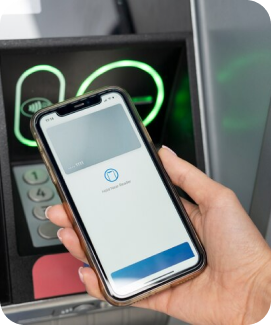Features of Remote Wipe Device Data

Unenroll Device
If a user leaves the company, unenrolling device will remove all apps, configurations and data from device and it can be re-enrolled to assign it to a new user. In case it is a BYOD device, partial wipe feature will remove only the corporate data from the device.

Personal Devices
Remove work profile in case an employee-owned device goes missing. It deletes all business-specific applications and data from device including MDM application, thus increasing security of corporate information.

Security Breach
Set up a notification policy to send alerts in case of rooting attempts, unauthorized access of devices, geo-fence, data leakage, etc and wipe device remotely to delete confidential enterprise information and increase security of corporate data.

Lost or Stolen
Wipe a device remotely in case it is stolen or goes missing to prevent unauthorized access. Full data wipe allows to delete all the corporate as well as personal data including applications, contacts, files, settings, etc, whereas partial data wipe allows to delete specific files and folders from a device.

Rooted Devices
Rooting or jail-breaking attempt leaves a device more vulnerable to attacks. Some third-party apps can also root the device, thus, introducing malware and other security loopholes to the device. Administer compliance checks regularly to detect rooted or jail-broken devices and wipe a device remotely in case of any rooting attempts.

Virus or Malware
Downloading malicious applications or opening suspicious emails may damage a mobile device or steal sensitive information. However, deleting a specific application or e-mail might not be enough to remove virus or malware from devices. Full data wipe helps to delete all the data at once, thus rendering it as a formatted device.

Repair
Devices often need servicing, however, while they are in repair, these devices tend to have confidential enterprise information that might fall in wrong hands. Therefore, devices can be wiped remotely to delete all the corporate data before it is given for repair.

Malicious Networks
Using insecure Wi-Fi networks or sites can pose corporate data to risk. A web browser can also be a source of vulnerabilities and can cause malware attacks on a device. Thus, conduct periodic scans on all devices and wipe data in case of a security breach.

OS Vulnerabilities
Not updating software can give way to security loopholes on devices and pose a threat to data stored in it. However, mobile device management helps to remotely push updates on all the managed devices and delete data in case of any violation.


